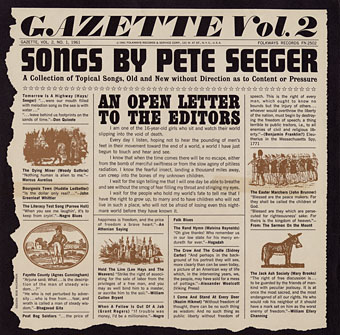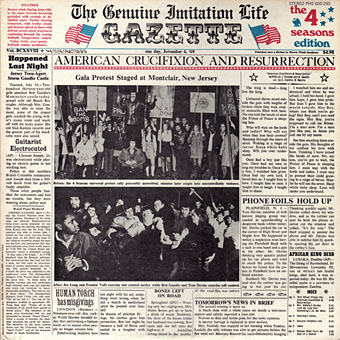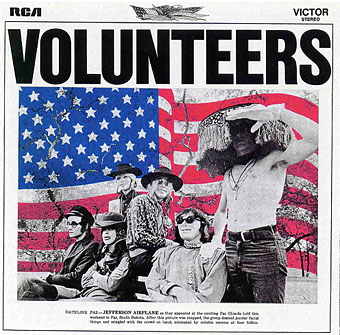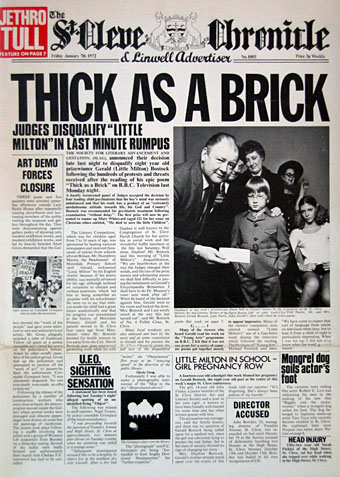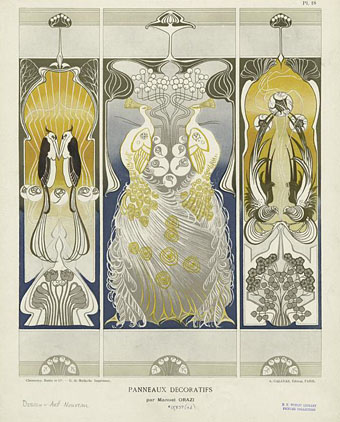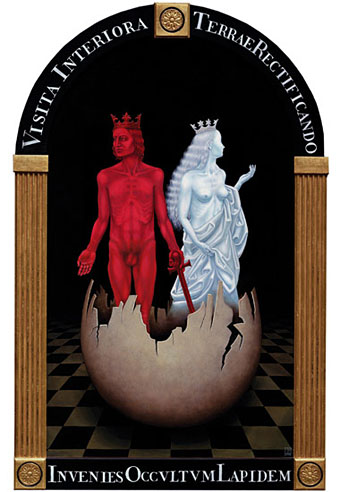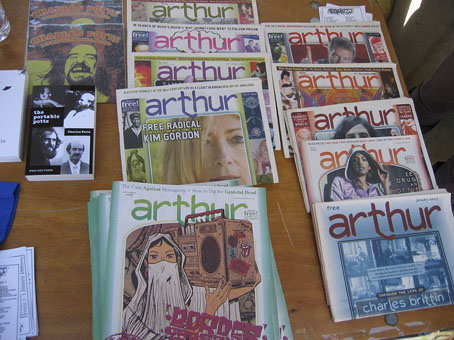
The Arthur table. Free mags!
Arthurfest is an as-yet unreleased feature-length documentary by Lance Bangs which captured the two-day music festival of that name in Barnsdall Art Park, Los Angeles. The festival took place ten years ago to the day, and was the first such event organised by the sorely missed Arthur magazine. I was fortunate to witness some of the stunning performances on the park’s tree-bedecked plateau overlooking East Hollywood. Bangs’ cameras were hard to miss at the time—I even photographed one of them—but I’ve never seen any of the footage of the event until the appearance of a teaser which has been posted in advance of a tenth anniversary screening this weekend at Cinefamily, Los Angeles. This is tantalising stuff for the way the cameras bring the bands so much closer than they were when viewed at crowd level. There was also a lot happening each day on three different stages, one of which was indoors in the park’s Gallery Theatre, so it was impossible to see everything. Earth and Sunn O))) played inside the theatre but I missed both their shows as a result of a vampire-like reluctance to queue for a seat in the merciless sunlight. (I did get to drink Jack Daniel’s with the Sunn O))) guys, however…) Fingers crossed that Bangs’ film gets a proper release soon so the rest of us can see it. Meanwhile, here’s a few of my photos of the event…
Update: Arthur‘s Jay Babcock alerts me to footage of the late Jack Rose at the Arthurfest. Also at Lance Bangs’ channel there’s some of the performance by The Juan MacLean. Thanks, Jay!
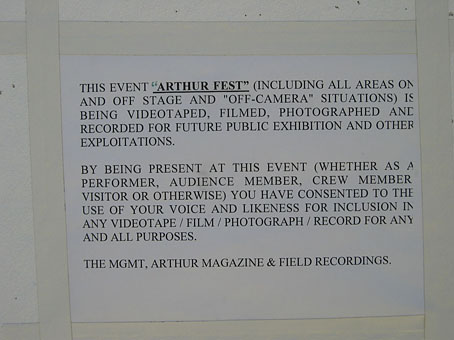
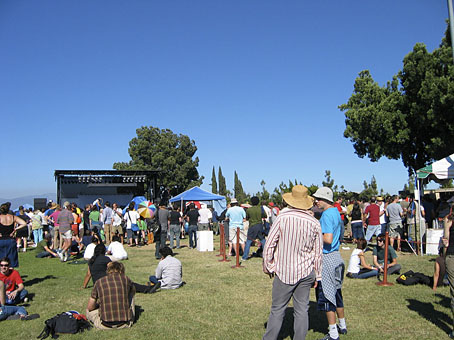
The main stage.

